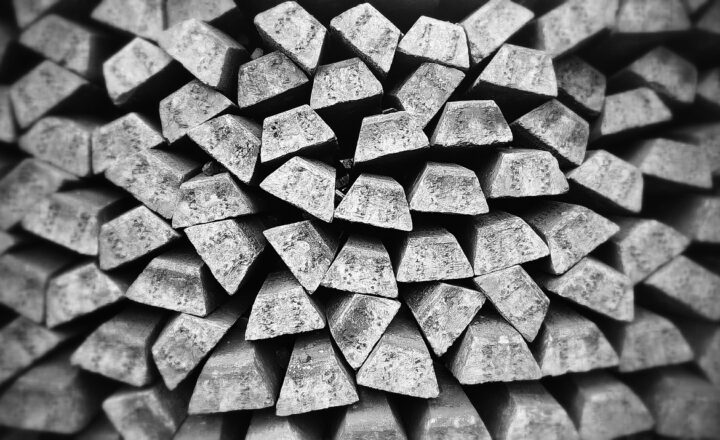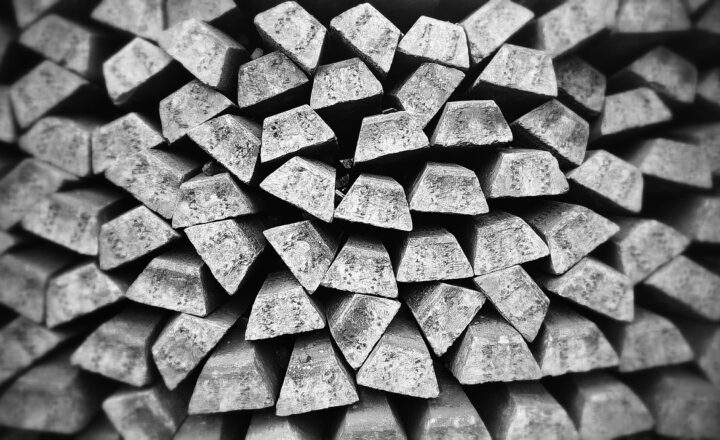Silver in Myth and Medicine: Exploring the Mystical and Healing Properties of Silver
November 14, 2024

Throughout the ages, silver has captivated societies not just as a precious metal but also as a substance steeped in myth, culture, and medicinal properties. From ancient civilizations who worshiped it to contemporary studies exploring its benefits, silver’s significance spans across history and science.
1. The Historical Significance of Silver
Silver has been valued since antiquity, used in everything from currency to jewelry. Its reflective qualities led many cultures to associate it with the moon, a symbol of purity, clarity, and serenity. Ancient Egyptians buried silver with their dead as a sign of wealth and status, while the Greeks believed it had protective qualities, warding off evil spirits and disease.
In ancient Rome, silver was often considered a currency of truth and integrity, and was even used in the early days of the medical profession where its antiseptic qualities made it invaluable. The Romans utilized silver coins to purify drinking water, highlighting its vital role in both commerce and health.
2. Silver in Mythology and Folklore
Across various cultures, silver has held a special place in mythology. For instance:
- In Native American folklore, silver is often associated with the moon and is believed to possess powerful healing attributes that connect one to the spirit world.
- In Hindu mythology, silver represents purity and is considered a sacred metal, playing a critical role in religious festivals and rituals.
- Ancient Chinese culture regarded silver as a protective talisman against evil spirits, benefiting both physical and spiritual health.
The lure of silver was not just material; it had a profound impact on human consciousness, linking the physical and metaphysical realms.
3. The Healing Properties of Silver
Silver is often labeled as a natural antibiotic. Its antibacterial properties have been acknowledged throughout history and are being revisited in modern medicine. Here are the core areas where silver shows promise:
- Antimicrobial Effects: Silver ions can kill bacteria, fungi, and even certain viruses. Its effectiveness has been noted in medical applications such as bandages and treatments to prevent infections in wounds.
- Water Purification: As utilized by the Romans, silver still finds applications today in water filtration systems, ensuring that water is purified and safe for consumption. The introduction of silver ions into the water can effectively destroy harmful pathogens.
- Support in Medical Devices: In modern medicine, silver-coated medical devices, such as catheters and surgical instruments, are proven to reduce the risk of infections significantly.
- Potential Anti-Inflammatory Properties: Emerging research suggests that silver may also have anti-inflammatory effects, aiding in the reduction of inflammation accompanying infections or injuries.
As research continues, the potential for silver in healthcare applications becomes increasingly compelling, possibly offering solutions to antibiotic resistance and chronic infection challenges.
4. The Modern Applications of Silver in Medicine
Silver’s medicinal value has adapted to modern needs:
- Topical Treatments: Silver sulfadiazine is a well-known topical cream used to treat burns. It effectively reduces infection risk while also promoting healing.
- Silver Nanoparticles: These tiny particles are used in various applications, including textiles, to provide antibacterial effects in clothing and medical fabrics, improving hygiene and health outcomes.
- Dental Applications: Silver is used in dental alloys and materials, providing benefits due to its antibacterial properties, ensuring better dental health and reducing decay.
- Supplementation: Some supplements and alternative health products include colloidal silver, promoting its various health benefits, though caution is advised due to potential side effects from misuse.
The modern medical landscape recognizes silver’s role as an ally in fighting infections and promoting health, even as experts remind caution against overuse and reliance.
5. Silver as a Symbol: Balance of Tradition and Science
Today, silver continues to symbolize a blend of ancient traditions and modern scientific inquiry. Its dual role as a beautiful metal and a therapeutic agent reminds us of the interconnectedness of history, culture, and medicine.
The ongoing exploration of silver’s properties both in folklore and science urges a deeper understanding of how our ancestors viewed the natural world around them, highlighting how historical practices can inform modern innovation.
As research continues into silver applications, the balance between traditional uses and contemporary science becomes essential in navigating its future role in medicine and beyond.
Conclusion
Silver’s journey through time reflects not only a fascination for this unique metal but an acknowledgment of its mystical properties and practical applications. From ancient rituals to modern medicine, silver has continually proven its worth. As we move forward in a world fraught with health challenges, understanding and integrating the knowledge of silver’s historical and medicinal significance could lead to beneficial innovations, ensuring that this legendary metal remains relevant.
In a society that often overlooks the wisdom of the past, silver invites us to revisit the age-old truths that adapt seamlessly into our scientific pursuits, urging us to embrace both the spiritual and the clinical aspects of healing. Whether through traditional beliefs or modern applications, silver will undoubtedly remain a pivotal warrior in the quest for health and wellness.







